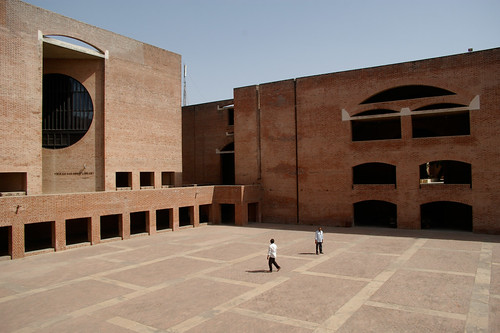And the world goes to… Ameerpet!
September 23, 2010 Leave a comment
Did you know about a place called Ameerpet? It’s a small corner of Hyderabad where a 100,000 people are studying technology at any point of time. What Kota does for engineering aspirants, Ameerpet does for tech aspirants – namely plug the gap between college education (or lack therein) and what it takes to get a job. Yesterday’s Economic times had this article.
Ameerpet picked up on the desperation of thousands of students like Sudha when, almost a decade ago, it morphed from a quiet, residential neighbourhood into a renegade IT hub. Every crumbling building here seems to be crammed with institutes offering courses in SAP, Java, Oracle, C, C++ and a host of others. The training institutes range from a hole-in-the-wall place to large sheds converted into classrooms that pack in a few hundred students. There is at least one new institute springing up every day, but most are low on credibility and use unauthorised software. Every day, hundreds of people like Sudha throng Ameerpet. They come searching for low-cost courses; for the experience of working on ‘live projects’, which are smuggled from all over the world, or for a crash course to upgrade their skills.
Many people come from villages to pick up tech skills and join the employment pool – more on that subject in a later post. Employees of tech companies come here to brush up their skills (and actually learn what their companies are trying to teach them through e-learning modules). Many of them also teach here, earning a 500-1,000 an hour.
Its a sad reflection on our colleges that students need to go through significant additional training in order to be employable. At the same time, it’s a testament to private enterprise that finds a way to fill the gap. Getting to acceptable standards of employment is often good enough.
As a trainer at an Ameerpet institute puts it: “It’s like having a plasma TV and a basic one in front of you. The basic one may not give you the superior quality and status symbol of the plasma, but does it mean it is not doing its job at all?”

![[GRADS]](https://i0.wp.com/sg.wsj.net/public/resources/images/NA-BD764A_GRADS_NS_20100126182413.gif)

Comments